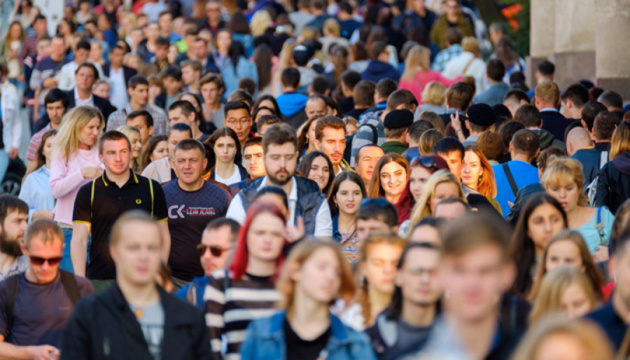- improving quality of life;
- reforming the labor market;
- supporting an innovation-driven economy;
- encouraging the return of emigrants and attracting skilled
foreign workers.
Russia’s Birth Rate Falls to Its Lowest Level in 200 Years

Russia
is experiencing an unprecedented decline in birth rates and an accelerating
aging of its population. The country’s demographic indicators have reached a
historic low – the birth rate is now at its weakest point in two centuries,
while the mortality rate continues to exceed the number of newborns.
According to official statistics, there are fewer than
eight births per 1,000 people in Russia each year – a figure comparable to
periods of severe economic crisis. The average age of the population continues
to rise, with citizens over 60 now accounting for nearly 27 percent of the
total.
Experts warn that this trend could lead to a sharp reduction in the working-age
population within the next 5-7 years.
“Russia is entering a phase of demographic contraction. This is not just a statistical trend – it’s a factor that will determine the country’s development for decades to come”, said Alexey Mikhailov, a demographer and economist at the Russian Academy of Sciences’ Institute of Population Studies.
The demographic downturn has a direct impact on the
economy. According to Sberbank CEO German Gref, the country needs “millions of
skilled migrants” to maintain growth rates and offset labor shortages.
A shrinking workforce leads to lower productivity, while
the growing number of pensioners increases pressure on the state budget and the
healthcare system. As a result, spending on social benefits is rising, limiting
opportunities for investment and innovation.
Economists warn that without structural reforms, digital
transformation, and an influx of foreign specialists, Russia risks entering a
prolonged period of stagnation.
Among the key causes of the demographic crisis are low
incomes, instability, youth emigration, and insufficient family support. Young
Russians increasingly postpone having children due to economic uncertainty and
psychological stress, while migration inflows no longer compensate for the
natural population decline.
“Government family-support programs are fragmented. It’s not enough to stimulate childbirth – people need to feel confident about their future”, said sociologist Natalia Zorina.
Demographic weakness is also emerging as a national
security issue. The population decline in eastern regions increases the risk of
losing control over labor resources and slows the development of strategic
territories – particularly Siberia and the Russian Far East.
Russia’s demographic crisis is not an isolated issue but a
systemic challenge that amplifies the country’s vulnerability amid sanctions
pressure, economic instability, and the consequences of war. In the long term,
it could affect Russia’s military potential, economic independence, and
geopolitical influence.
Addressing the problem requires not only financial measures
but also a comprehensive transformation of social policy, including:
Without decisive action, Russia’s demographic trajectory
could become irreversible by the early 2030s.
 Latest news
Latest news Latest news
Latest newsSerbia’s European Integration: Prospects and Obstacles
21.Oct.2025
Ukrainian Drones Set Fire to Russia’s Largest Gas Plant, Gas Intake from Kazakhstan Suspended
20.Oct.2025
Trump and Zelensky in Washington: The Return of “Hardline Support” Policy
19.Oct.2025
Activist Margretta Mirzoyan on the Political Mood in Armenia
18.Oct.2025
Trump and Putin Prepare to Meet Ahead of Zelensky’s White House Visit: A New Phase of Diplomacy or Pressure on Kyiv?
17.Oct.2025
A Shadow over the Russian-Azerbaijani Thaw: What Lies Behind the Arrest of Former Presidential Chief of Staff Ramiz Mehdiyev?
16.Oct.2025
Russia and Syria: A New Chapter in Relations After the Coup
16.Oct.2025
NATO and EU Join Forces to Build a “Drone Wall”
15.Oct.2025
Trump: New bonds of friendship to join Armenia to Azerbaijan
14.Oct.2025
UK to lift its arms embargo on Armenia, Azerbaijan
14.Oct.2025

 25 Oct 2025
25 Oct 2025








